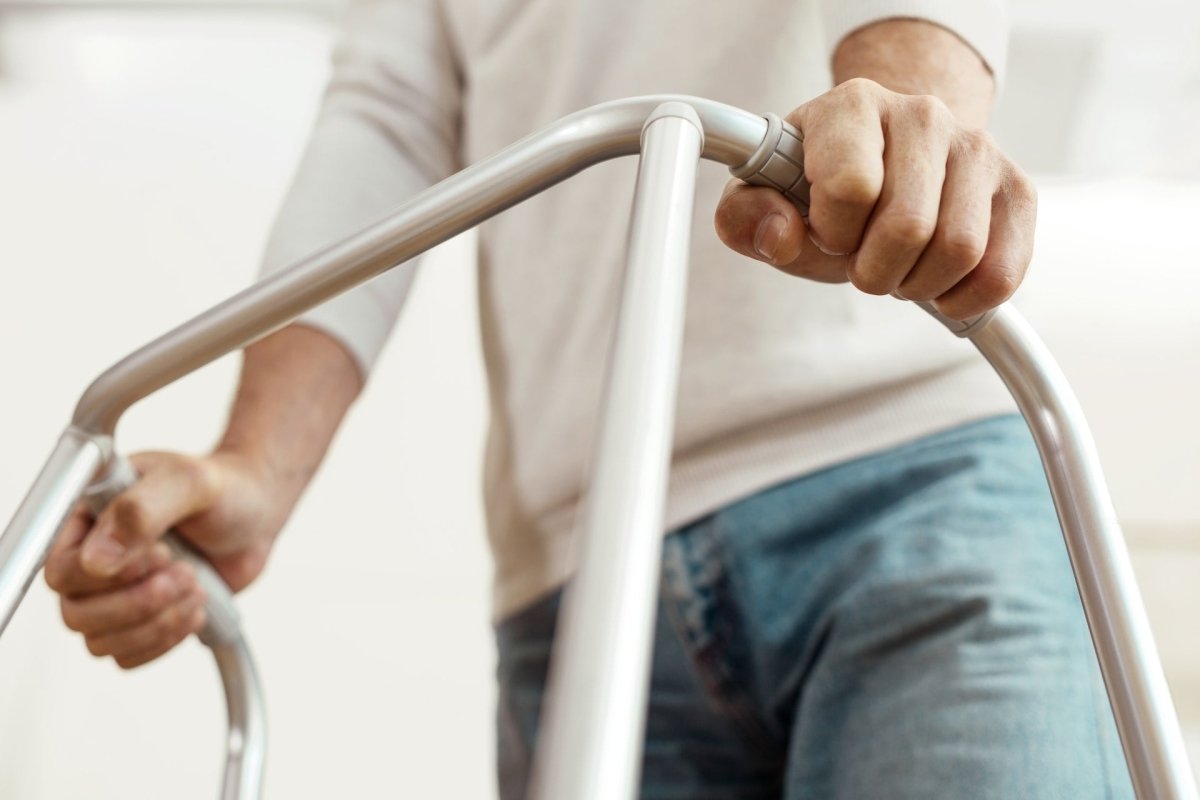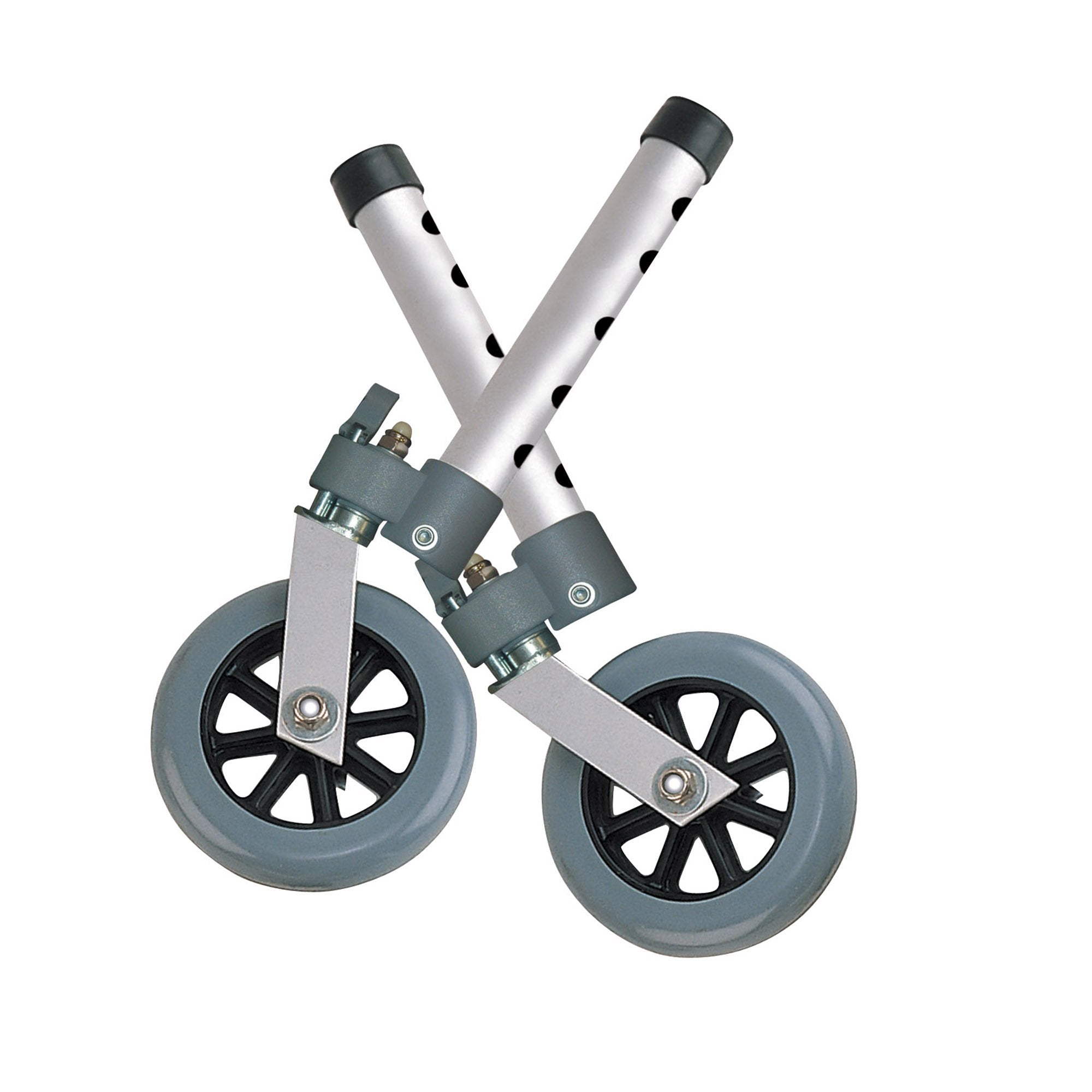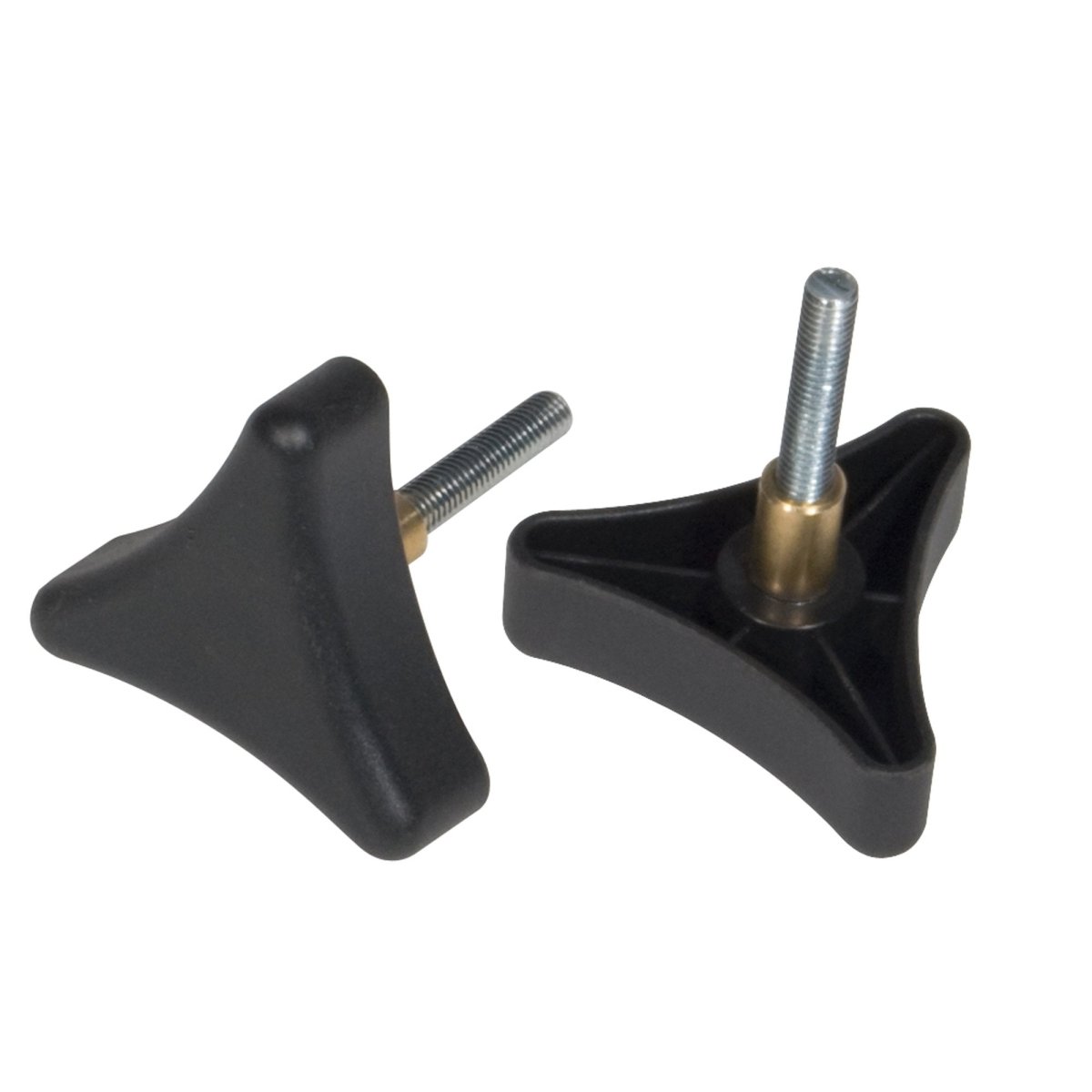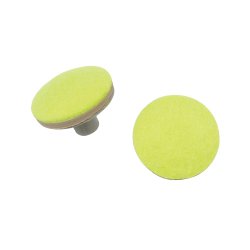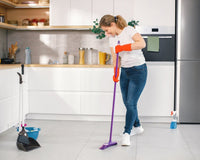The ability to move around is guided by our sense of mobility, which combines physical and mental capabilities. For most people, especially younger ones, this is not a problem because their bodies are either still developing or in their prime. However, this can be a problem for the elderly or those suffering because their mobility is compromised. Luckily, mobility aids can help.
As the name suggests, a mobility aid is any device used to help people with impaired mobility. Most people have different choices, but it is either a walker or a rollator. Walkers and rollators are effective mobility aids because they support users’ balance and stability while walking. Conversely, they can also help with balance, coordination, and strength issues, especially for those with disabilities. However, both mobility aids are still different, making the choice much more complex. To help you with this, we will discuss the details in this article.
What Is a Walker?
A walker is a mobility aid that consists of a frame with four legs. It is designed to help people with balance and stability issues when walking. It is typically made of lightweight aluminum, making it easy to carry. Walkers can also be adjusted to fit different users’ heights.
Additionally, a walker is equipped with hand grips and a tray that can be used to carry items from one place to another. It also has two legs in the front and two in the back, which support the user’s weight and help them move.
Pros and Cons of Walkers
The most apparent benefit of a walker is that it provides full body support. All you need to do is hold it by the handles, and the walker does the rest. This makes it ideal for people suffering from balance or stability issues. The walker also helps distribute the body weight evenly, reducing the strain on the lower limbs.
However, one of the drawbacks of a walker is that it can be challenging to maneuver in tight spaces. It also requires the user to use their hands and arms for stability, which can be tiring. Additionally, it can be difficult for some people to use a walker due to their height or physical abilities.
What Is a Rollator?
A rollator is a mobility aid that looks closer to a wheelchair, but the difference is that rollators are smaller. Rollators are designed to provide extra stability and support to those with balance or mobility issues. The rollator allows users to keep their hands free while moving because it is self-propelled, and the seat makes resting easier when needed. Otherwise, it can also be used as a walker if the patient can still move.
Pros and Cons of Rollators
Rollators are easy to use, especially in tight spaces, because maneuverability is much easier than a wheelchair. Additionally, the adjustable handles and seat make it easier for those with mobility issues. Rollators are also lightweight and foldable, making them easy to store and transport.
However, the main disadvantage of rollators is that they can be challenging to maneuver over rough or uneven terrain, such as gravel or grass. Additionally, the seat is not always comfortable, so it may not be suitable for those who need to rest for long periods.
Considerations When Choosing a Mobility Aid
Regardless of your choice between walkers and rollators, you must consider certain factors when choosing a mobility aid. These include:
Patient's Degree of Mobility
Your physician or physical therapist can help you determine the best type of mobility aid for your needs. A walker may be the best option if you can walk independently but need extra stability and support. On the other hand, a rollator may be more suitable if you cannot walk independently and need additional help and mobility.
Height and Weight Requirements
The user's height and weight should be considered when choosing a mobility aid. Both walkers and rollators come in various sizes, so choosing one that fits the user properly is essential. If the device is too small or too large, it may be challenging to maneuver and could cause strain or injury.
Comfort
The mobility aid must be comfortable to use. Look for devices with adjustable height settings, handles with a comfortable grip, and adjustable brakes that are easy to operate. Additionally, look for a device that is lightweight and easy to transport.
Cost
Above all else, you must get your money's worth when getting a mobility aid. While you can never put a price on comfort and convenience, you still want to ensure you get the best value for your money. Shop around to compare prices, look for discounts, and look for a device with a warranty.
Conclusion
Choosing between a walker and a rollator ultimately depends on the patient's needs. A walker is best for those who need extra support and stability but can still walk with minimal assistance, while a rollator is better for those who need more support and walk without aid. For this reason, you must consult your doctor or healthcare provider to determine which option is best for you.
Cart Health has what you need if you are looking for 4-wheel rollators! We offer various selections that can help people with compromised mobility to move around easier for affordable prices. Call us today at 1-888-402-8622 to place an order!

